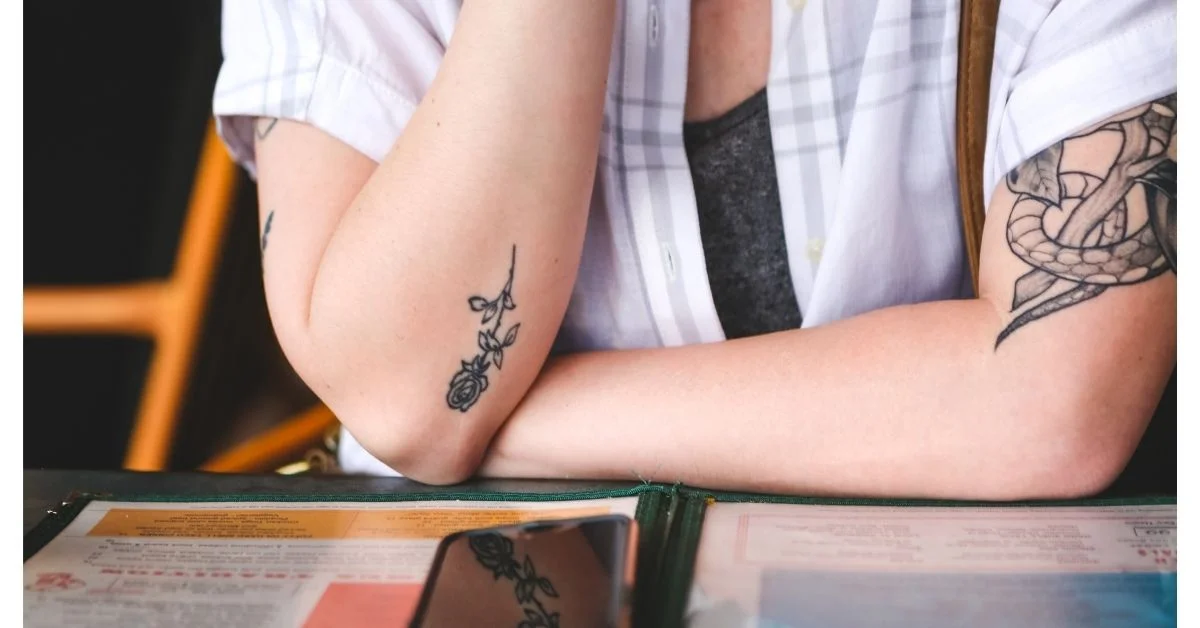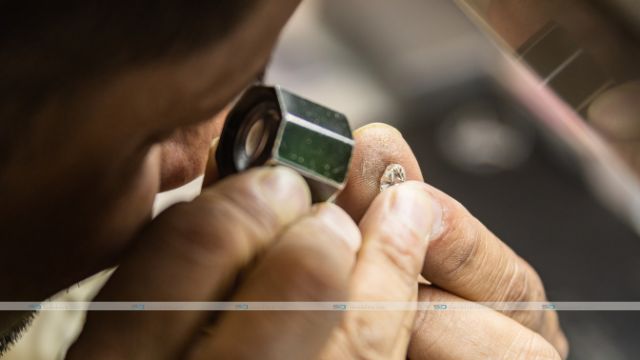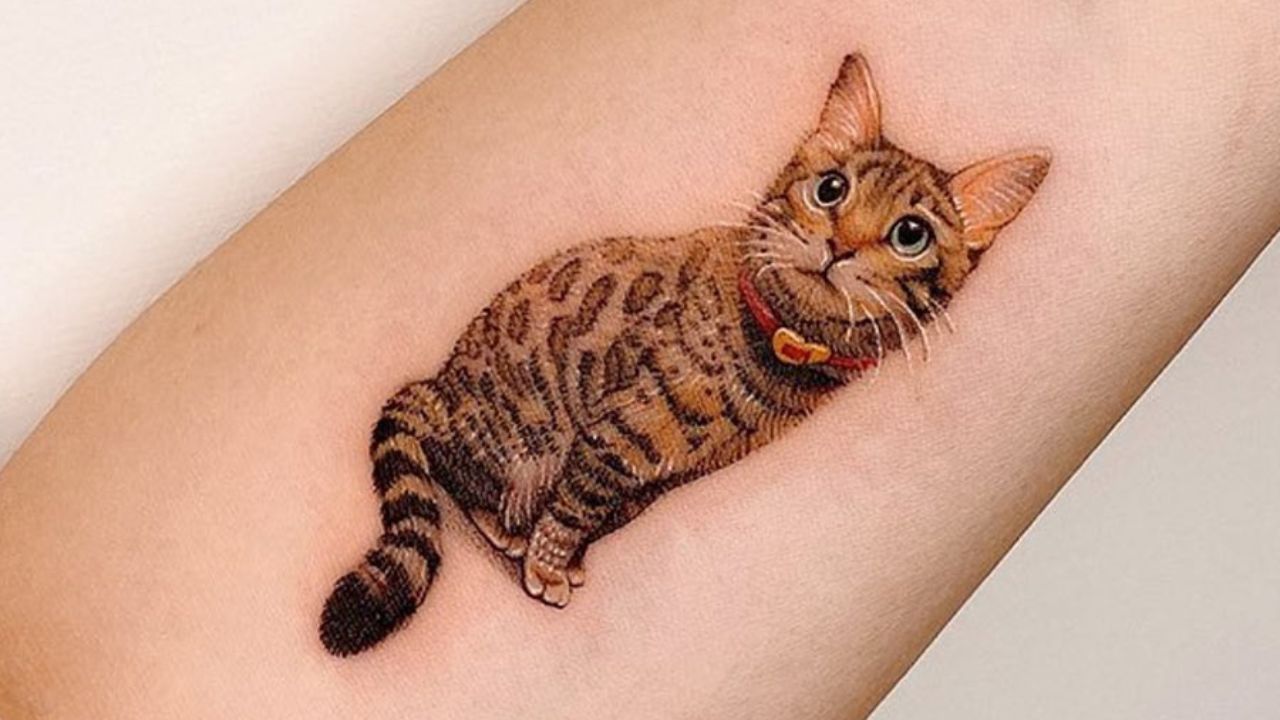Still, preparing a quality tattoo isn’t perpetually accessible, though they are much more reliable than decades earlier.
The actual method itself comprises of a tattoo needle injuring your skin to design the art. The needle also inserts small amounts of colour pigments. If your skin regenerates correctly, you’re given beautiful, perpetual skin art.
The solution to tattoo safety is ensuring these micro-injuries to the skin heal accurately and that you work with a reliable and reputable artist.
Tattoo risks and side effects
Most of the dangers and side effects from tattoos occur when the tattoo is still green. At this time, your skin is still recovering, so appropriate aftercare is necessary to stop complexities.
1. Skin infection
While tattooing is an illustration, the actual process is technically one that creates injury to your skin. This is because it encompasses both the upper (epidermal) and middle (dermal) layers of skin. Your skin wants to recover after you get new ink, so your tattoo artist will give you tips on preventing infection. A disease can also happen if a nonsterile liquid is associated with the ink before injection.
You’re most unsafe to a skin infection from a tattoo within the first two weeks. Symptoms incorporate redness, itchiness, and release of discharge. The region may also grow swollen. If the contagion increases, you can have other traits, like a fever. In critical cases, infections can be chronic and permanent.
2. Allergic responses
Indications of an allergic response from tattoos can include hives, red rash, and stubborn itchiness. Inflammation can occur too. These consequences can occur years after you notice the tattoo. Some people might produce an allergic effect after taking a tattoo. This is typically related to the ink — mainly if it contains plastic — and not the needling process itself. Red, blue, yellow, and green pigments serve to be the most allergenic.
3. Keloid scarring
Tattoos have the potential to scar. It is especially true if your tattoo doesn’t heal properly or has an infection or allergic response. Ultimately, you can also improve keloid scars — these consist of mounted bumps that include old scar tissue.
4. Complications with MRIs
If your physician requires an MRI scan, there’s a scanty chance that the test could interact with your tattoo. Some side effects include swelling and itchiness afterwards, but they manage to go off on their own. Your chance of such reactions could be higher if your tattoo were inked with low-quality colours or if the tattoo is useless. Notify a doctor if you’re concerned about your tattoo colliding with an MRI scan.
5. Sterilization of spikes
A well-known tattoo artist will apply sterilized needles. However, many cases challenge using sterilized needles by law, although this can change by state. Not using sterilized needles enhances your risk of infection and can also pretend the risk of transmitting blood-borne illnesses, including hepatitis C, HIV, and methicillin-resistant Staphylococcus aureus (MRSA).
6. Can hide skin cancer
Another risk of getting a tattoo is hiding possible symptoms of skin cancer or other skin health. These involve the red patches, telling moles, and other symptoms linked with a skin concern that could pass undetected.
7. Is tattoo ink trustworthy?
Tattoo paint is much more reliable than it managed to be. However, there’s a probability that you can be susceptible to particular colours, exceedingly brighter colours. Another problem relates to the ingredients of the tattoo pigments. For instance, some adults found traces of nickel, lead, and other cancer-causing agents in 65 tattoo inks—question your provider whether the ink is entirely sterile to decrease your risk. Also, some inks contain the same compounds used in printer ink and car paint, but the bureau doesn’t control these substances. More analyses involving the security of tattoo inks are required to discover the overall prospects for people needing to make tattoos.
8. Precautions
One of the best ways you can decrease the risks of getting a tattoo is to do a little homework first. You have to be 18 or older to get a tattoo in the United States., so shops or individual artists who do ink on anyone younger should raise a red flag. Once you’ve decided that you want to get a tattoo, find the right provider. You can also verify the shop before seeing the artists’ licenses, experience, and what types of ink they use.
9. Takeaway
Despite the improved safety of tattoos, it’s essential to work with an experienced tattoo artist at a reputable shop to reduce your risk of side effects. Proper aftercare on your part is also necessary to minimize scarring and other threats. While tattoos aren’t entirely risk-free, identifying the potential effects ahead of time can decrease your chances of side outcomes. Talk to your tattoo artist about any interests you may own.




